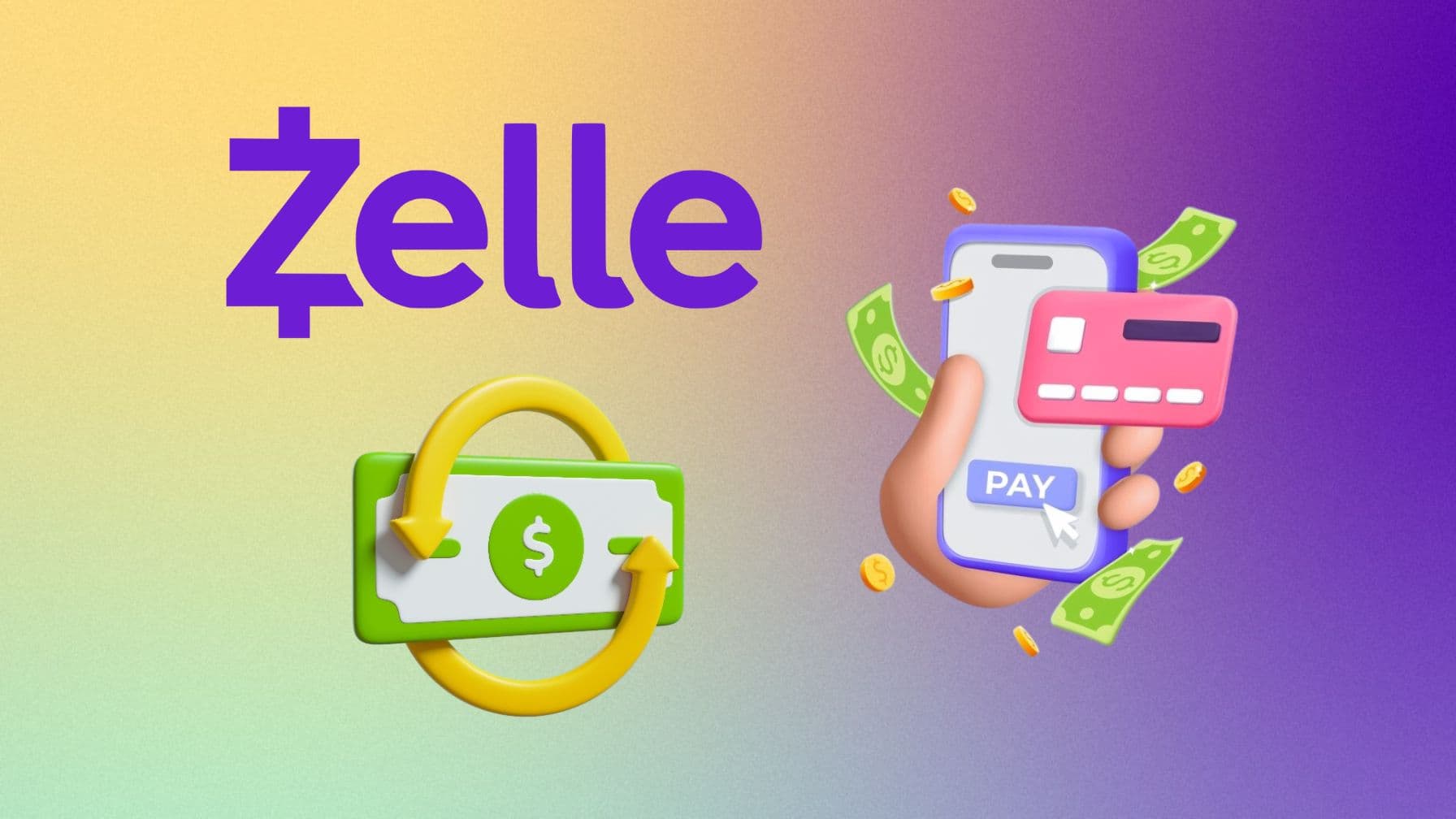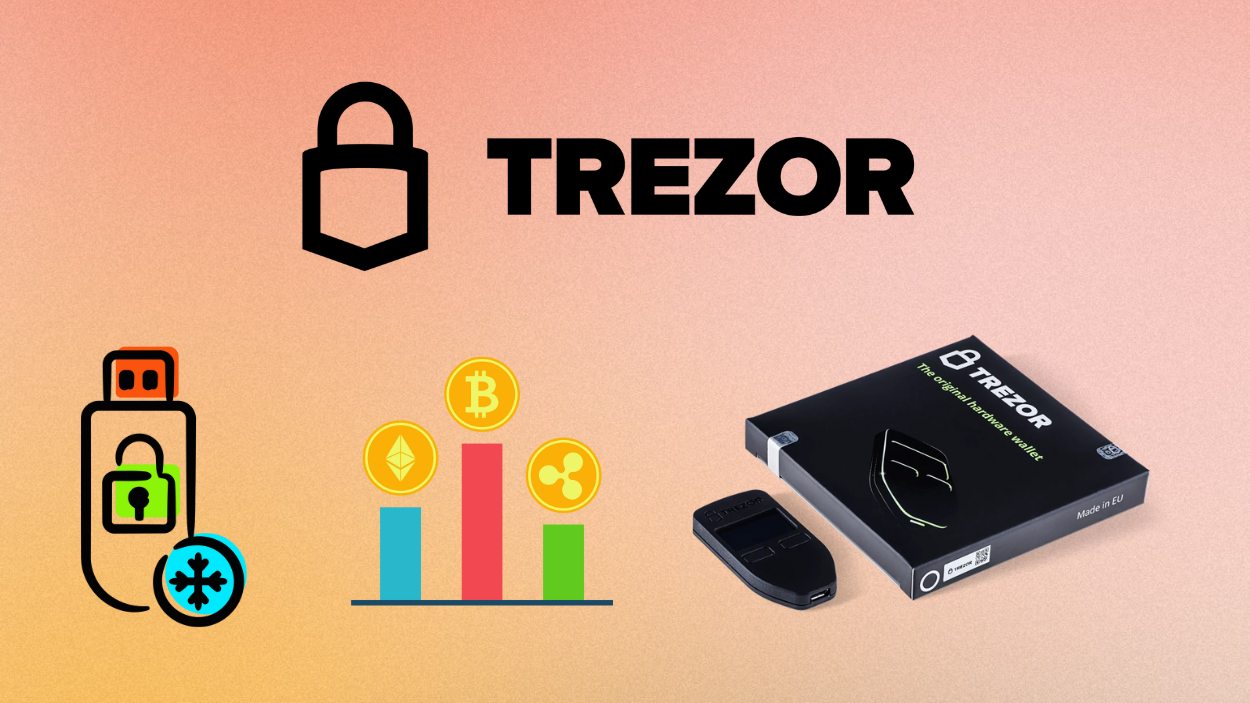The excitement around Black Friday and Cyber Monday has become a cultural phenomenon, especially for small businesses aiming to make a mark. Imagine a local boutique achieving a month’s worth of revenue in just one weekend; that’s the power of these events. As consumers prepare to snag the best deals, small businesses across the United States strategically position themselves to capture this surge in spending. The stakes are higher than ever, with evolving consumer behaviors and the rising influence of digital platforms shaping the landscape.
Editor’s Choice
- U.S. shoppers spent $11.8 billion online on Black Friday 2025, up about 9% from 2024.
- Cyber Monday 2025 became the biggest online shopping day ever with about $14.25 billion in U.S. ecommerce sales, growing roughly 7% year over year.
- Small Business Saturday 2025 drove around $5.8 billion in U.S. ecommerce sales, up nearly 9% from $5.3 billion in 2024.
- Electronics, apparel, and home goods led Black Friday and Cyber Week, with electronics alone generating about $3.7 billion and apparel $2.6 billion on Cyber Monday 2025.
- More than half of Black Friday 2025 ecommerce revenue came from mobile, with smartphones accounting for about 55%–70% of online sales depending on the market.
- Retailers with strong omnichannel and mobile experiences captured roughly 30%–40% higher conversion and sales growth during Cyber Week 2025 than single-channel merchants.
- Across the Cyber 5 period in 2025, U.S. consumers spent over $44 billion online, with overall holiday ecommerce on track to reach about $253 billion, creating record revenue opportunities for small businesses.
Cyber Monday Strategies Among Top Retailers
- 88% of the top 50 U.S. retailers offered Cyber Monday deals directly on their websites in 2025.
- Only 12% of leading retailers did not participate in Cyber Monday promotions.
- The data highlights how nearly 9 out of 10 major retailers leveraged Cyber Monday to boost digital sales.
- This widespread participation underscores the event’s critical role in retail holiday strategies.
- Retailers that skipped Cyber Monday risked missing out on peak seasonal traffic and e-commerce conversions.

Sales Growth During Black Friday and Cyber Monday
- U.S. online Black Friday sales reached $11.8 billion in 2025, up about 9.1% year over year, outpacing overall holiday retail growth.
- Cyber Monday 2025 online sales hit a record $14.25 billion, representing roughly 7.1% growth from 2024 and cementing it as the top ecommerce day.
- Cyber Weekend ecommerce (Small Business Saturday plus Sunday) grew 8.7% year over year to $11.8 billion in 2025, with Small Business Saturday alone reaching $5.8 billion.
- Shopify-powered brands generated about $11.5 billion in sales over Black Friday–Cyber Monday 2025, a 24% increase from the prior year, highlighting strong small-business momentum.
- Across Cyber Week 2025, U.S. consumers spent around $44.2 billion online, contributing to a forecast $253.4 billion in total holiday ecommerce, up 5.3% year over year.
- Bain estimates sales during the Black Friday–Cyber Monday weekend in 2025 grew about 11% year over year and captured roughly 9% of all U.S. holiday retail sales.
- Mobile and BNPL accelerated growth, with November 2025 BNPL ecommerce spend projected at $20.2 billion, up 11% from $18.2 billion a year earlier, much of it concentrated around BFCM.
Impact of Online Sales Channels
- 73% of U.S. small businesses have websites in 2025, up from 64% in 2020.
- 85% of small retail stores sell online in 2025, up from 45% in 2023.
- Mobile commerce accounts for 75.7% of e-commerce sales in 2025.
- 94% of small businesses will increase digital marketing for online sales in 2025.
- Social media drives 17.1% of e-commerce purchases in 2025.
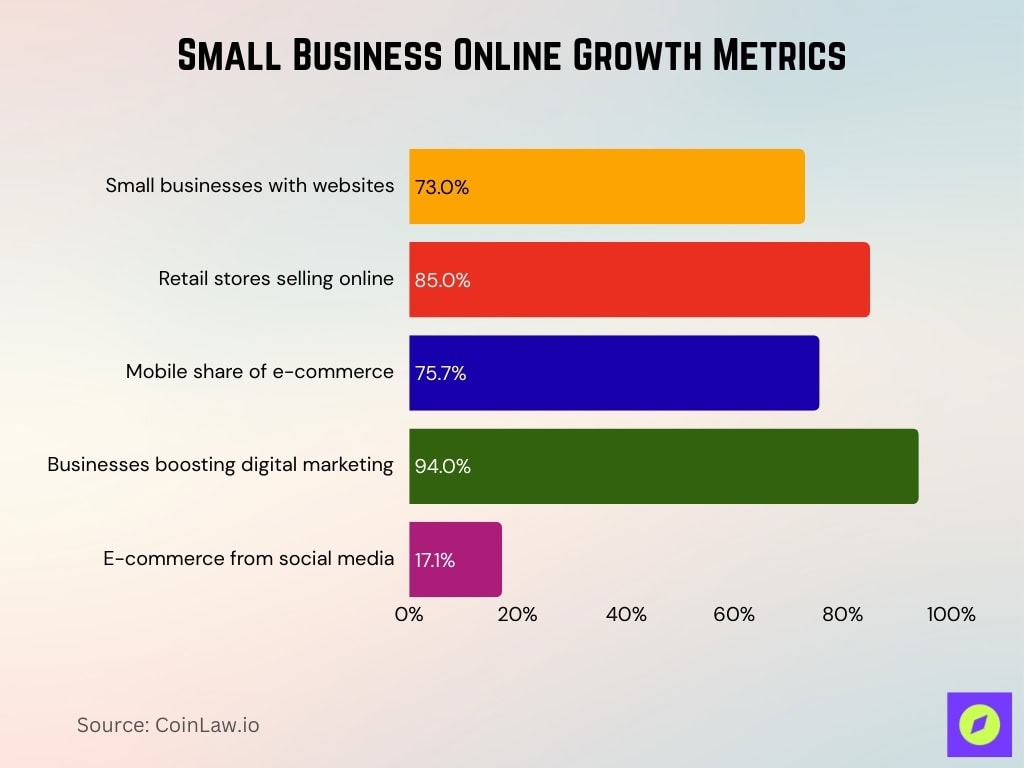
- U.S. social commerce sales exceeded $90 billion in 2025.
- Global e-commerce sales reach $6.56 trillion in 2025, growing 7.8% from 2024.
- Global social commerce is valued at $2 trillion in 2025.
- Small businesses using marketplaces like Amazon see 35% revenue growth.
Consumer Spending Patterns
- U.S. consumers spent a record $11.8 billion online on Black Friday 2025, up 9.1% from 2024.
- Global Black Friday spending reached $79 billion in 2025, increasing 6.18% year-over-year.
- Small businesses are expected to capture $109 billion or 42% of the total U.S. holiday spending of $263 billion in 2025.
- Overall U.S. online holiday sales are forecast separately at $253.4 billion for the season.
- BNPL services drove $747.5 million in online Black Friday 2025 sales, up 8.9% from the prior year.
- 41% of consumers plan increased holiday spending directed toward small businesses in 2025.
- Gen Z holiday spending averages $1,357 in 2025, down 22.5% from 2024 levels.
- 62% of consumers prioritize sustainable products in holiday purchases in 2025.
- Millennials lead holiday spending at an average $2,190 per person in 2025.
- Overall, consumer holiday spending is projected at $253.4 billion for the 2025 season.
Marketing Strategies and Their Effectiveness
- Social media ads delivered a 23% higher ROI for small businesses during Black Friday 2025.
- Limited-time discounts caused a 32% spike in sales during holiday promotions in 2025.
- Personalized email campaigns saw an 18% increase in open rates and a 12% boost in click-through rates in 2025.
- Small businesses using Google Ads experienced a 15% lower CPC during holiday periods in 2025.
- Influencer partnerships accounted for 10% of total holiday sales in 2025, notably among younger consumers.
- Bundling products increased average order values by 20% during Black Friday 2025 sales.
- Retargeting campaigns recovered 28% of abandoned carts for small businesses in 2025.
- Email marketing contributed to 19% of total online small business sales during the 2025 holidays.
- Video ads on social platforms raised engagement rates by 22% during holiday campaigns in 2025.
- Mobile-optimized ads led to a 31% increase in conversions for small businesses in 2025.
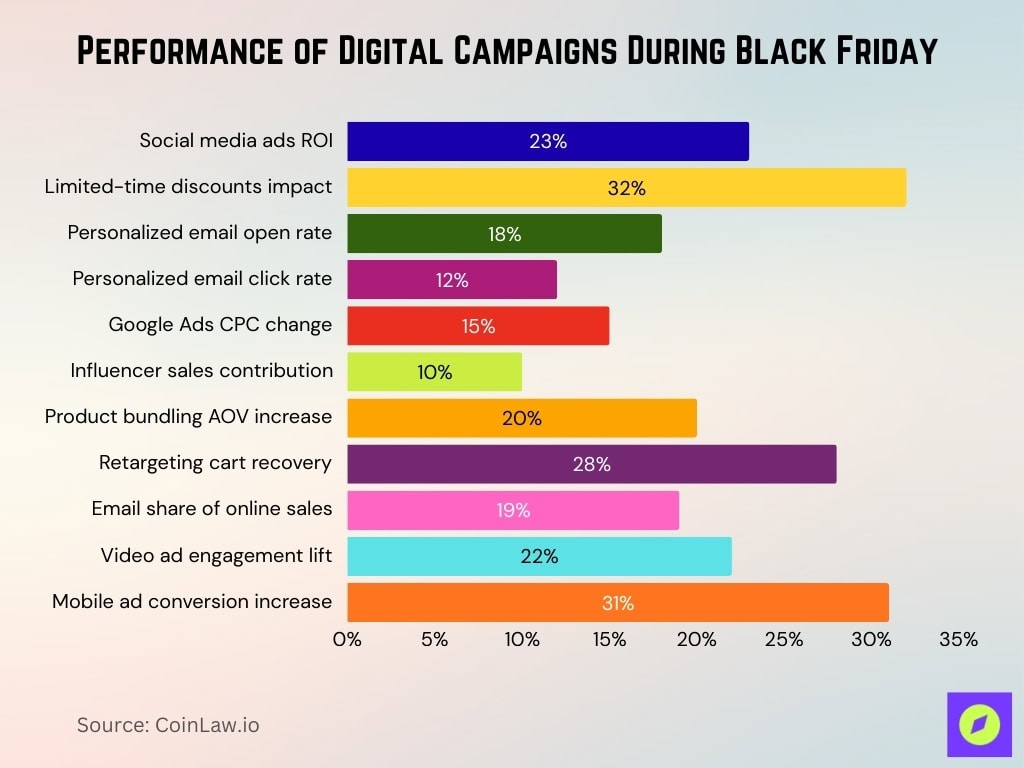
Challenges Faced by Small Businesses
- Inventory shortages affected 39% of small businesses in 2025, causing missed sales.
- Advertising costs rose 16% year-over-year in 2025, raising budget pressures on small businesses.
- Website crashes impacted 9% of small businesses during peak sales in 2025, with average losses of $13,200.
- Shipping delays led to 27% of consumers expressing dissatisfaction with small business deliveries in 2025.
- Cybersecurity threats targeting small business payment systems increased by 24% in 2025.
- 22% of small businesses struggled to coordinate in-store and online inventory in 2025.
- Managing returns was difficult for 19% of small businesses after Cyber Monday 2025.
- Small businesses reported a 12% increase in logistics costs in 2025, impacting profit margins.
- Staff shortages affected 31% of small businesses during holiday sales in 2025, limiting operational capacity.
- Customer acquisition costs increased by 14% for small businesses in 2025 due to competitive advertising.
How Shoppers Discover Cyber Week Deals (Black Friday Insights)
- 63% of Black Friday shoppers found Cyber Week deals through retailer websites, making it the #1 discovery source.
- 55% discovered deals via retailer emails, reinforcing the ongoing value of email marketing.
- 49% were influenced by social media ads, showing the strong impact of paid social campaigns.
- 35% relied on retailer app notifications or push alerts to catch limited-time offers.
- 33% heard about deals through word-of-mouth recommendations, including friends and family.
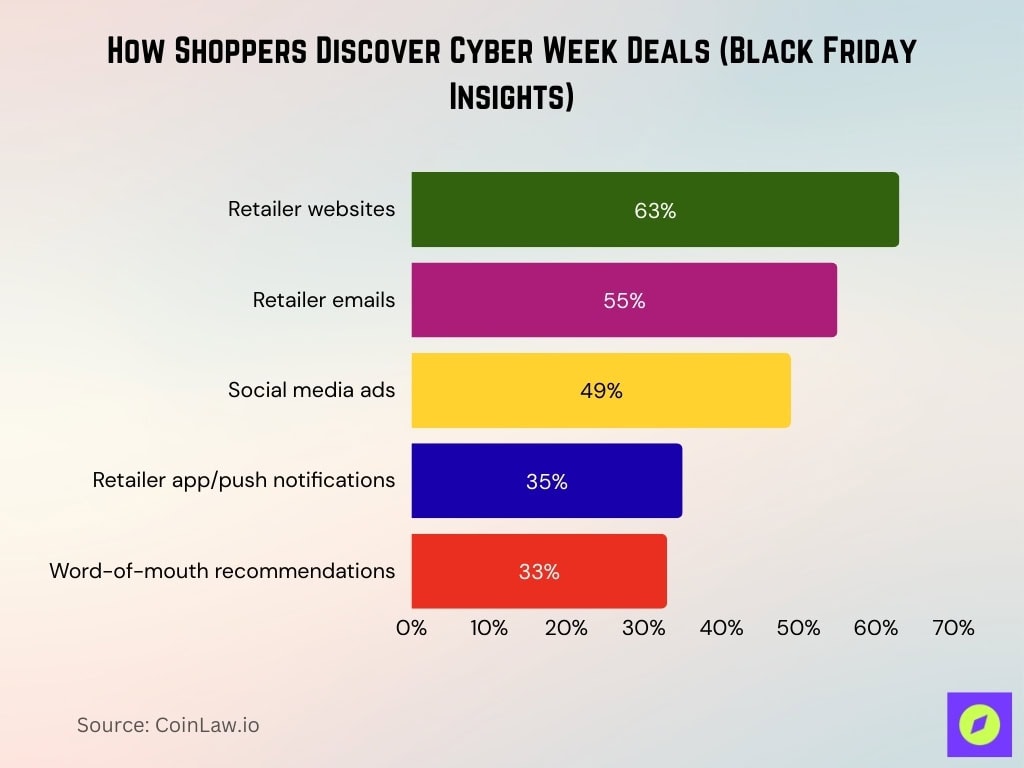
Recent Developments
- AI adoption among small businesses reached 8.8% in 2025, up from 6.3% earlier.
- 58% of small businesses currently use generative AI for operations in 2025.
- Same-day delivery boosted customer satisfaction by 80% for small businesses in 2025.
- AR experiences used by 12% of small businesses increased conversion rates by 94% in 2025.
- Hyperlocal marketing drove 30% more foot traffic for small businesses during the 2025 holidays.
- BNPL integration by small businesses increased purchasing power by 34% in 2025.
- 90% of small businesses with loyalty programs reported positive ROI, averaging 4.8x in 2025.
- Green Friday initiatives saw 10% of small businesses adopt sustainable practices in 2025.
Frequently Asked Questions (FAQs)
Small Business Saturday generated $5.8 billion in U.S. ecommerce sales.
Small Business Saturday traffic grew 19.8% year-over-year during Cyber Five.
93% of small business owners consider holiday sales crucial to their annual success.
Conclusion
Black Friday and Cyber Monday have become indispensable for small businesses, offering unparalleled opportunities for revenue growth and customer acquisition. However, the landscape remains competitive and dynamic, requiring businesses to be agile, innovative, and customer-focused. By embracing digital transformation, addressing logistical challenges, and staying attuned to consumer preferences, small businesses can thrive in the evolving retail environment.





